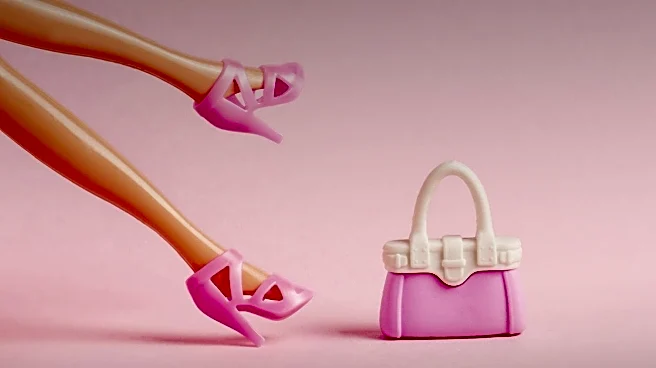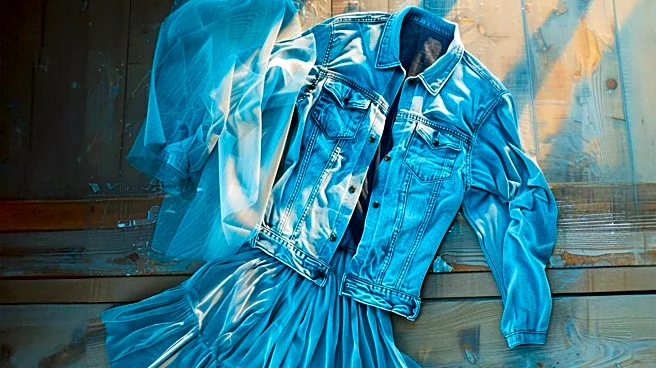What is the story about?
What's Happening?
Labubu dolls, characterized by their zoomorphic designs and bejeweled eyes, have gained significant popularity in the West this year. Originally designed by Hong Kong illustrator Kasing Lung and sold by the Chinese toy company Pop Mart, these dolls have become a cultural phenomenon. Despite their retail price of $28, some rare editions are being resold for thousands of dollars on platforms like StockX and eBay. The dolls have been embraced by celebrities such as Lady Gaga and David Beckham, and even mentioned in Lizzo's new single. The trend has sparked discussions about consumerism and the nature of micro-trends, with some viewing Labubus as a symbol of fleeting consumer fads.
Why It's Important?
The rise of Labubu dolls highlights the impact of social media on consumer behavior and the rapid spread of micro-trends. This phenomenon reflects broader societal themes of consumerism and the influence of celebrity endorsements. The dolls' popularity also underscores the economic concept known as the 'lipstick effect,' where consumers opt for smaller luxury items during economic downturns. This trend could indicate shifting consumer priorities and spending habits, potentially affecting industries related to fashion and retail. The Labubu craze also raises questions about sustainability and the ethical implications of fast fashion and disposable consumer goods.
What's Next?
As the Labubu trend continues to evolve, it may influence future fashion and accessory markets, particularly in the realm of customizable and affordable luxury items. Fashion houses might further capitalize on this trend by incorporating similar products into their lines. Additionally, the ongoing discourse around consumerism and micro-trends could lead to increased awareness and potentially drive demand for more sustainable and ethically produced goods. The longevity of the Labubu trend remains uncertain, but its current impact on consumer culture is undeniable.
Beyond the Headlines
The Labubu trend also touches on deeper cultural and economic issues, such as the role of social media in shaping consumer desires and the potential for such trends to reflect broader economic conditions. The dolls' popularity amidst discussions of late-stage capitalism highlights societal concerns about corporate influence and the sustainability of current consumer practices. As these discussions continue, they may influence public policy and consumer advocacy efforts aimed at promoting more responsible consumption.
AI Generated Content
Do you find this article useful?














